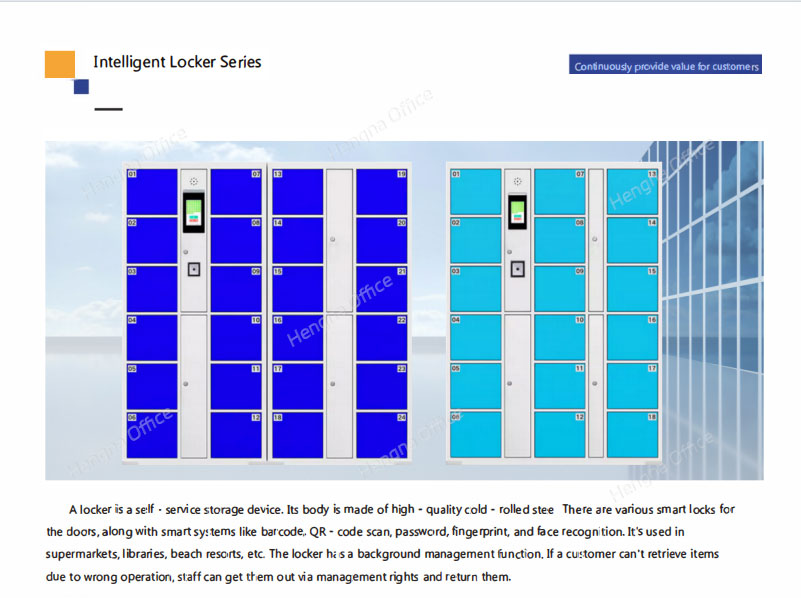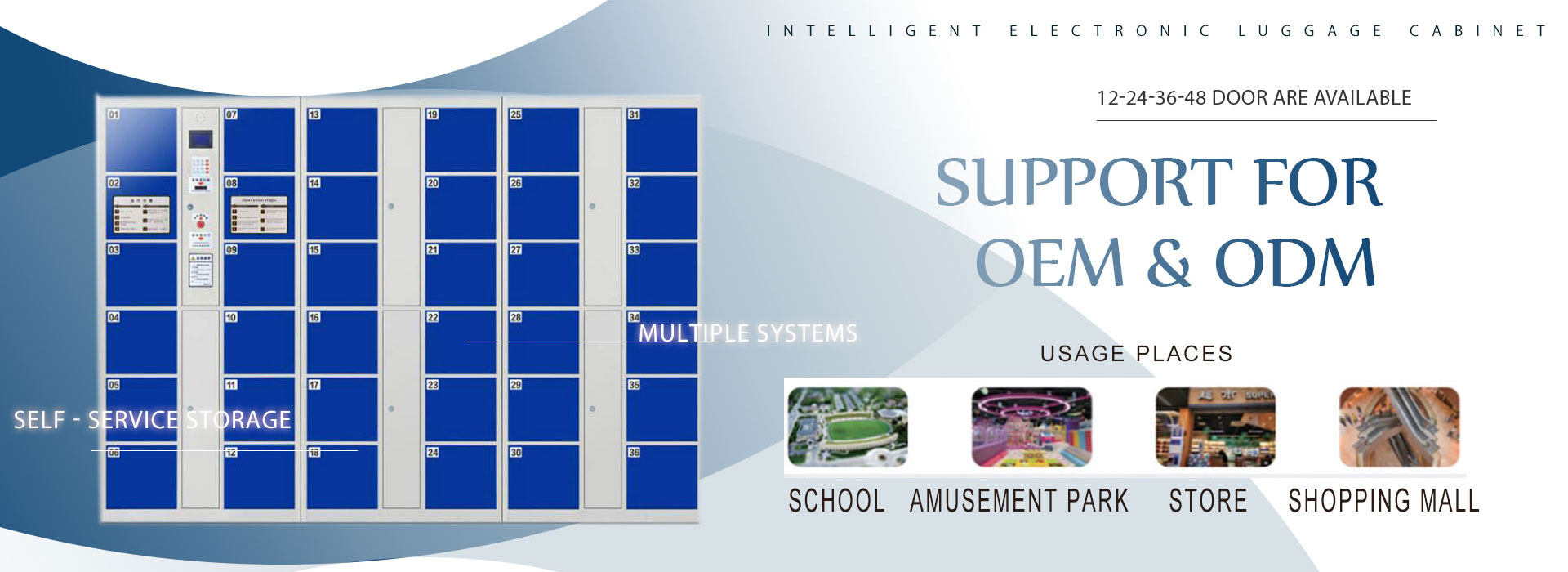In today’s digital age, smart storage solutions have become increasingly popular, offering convenience, security, and efficiency. There are several types of smart storage systems, each with its own unique features and suitable applications. Let’s explore the six main types: barcode, card – swiping, fingerprint, password, self – coding, and facial recognition.
Barcode Smart Storage
Barcode – based smart storage systems are commonly used in warehouses, libraries, and retail stores. In warehouses, they are perfect for inventory management. Workers can quickly scan barcodes on products to record their storage location, retrieval, and movement. This helps in maintaining an accurate inventory count. In libraries, barcodes on books and storage compartments enable efficient book storage and lending processes. The simplicity and speed of barcode scanning make it a practical choice for high – volume item storage where quick identification is key.
Card – Swiping Smart Storage
Card – swiping smart storage is well – suited for gyms, offices, and shared workspaces. Gyms often use this system for locker access. Members are provided with access cards, which they can swipe to open their designated lockers. This offers a convenient and relatively secure way for members to store their personal belongings during workouts. In offices, card – swiping can be used for document storage cabinets. Employees can use their access cards to access specific cabinets, ensuring that only authorized personnel can retrieve important documents.
Fingerprint Smart Storage
Fingerprint – enabled smart storage is highly secure and is often found in high – security areas such as banks, research laboratories, and data centers. Banks may use fingerprint – based safes to store valuable items like cash reserves and important documents. Since each person’s fingerprint is unique, it provides a high level of security. Research laboratories can use fingerprint – locked storage cabinets to safeguard sensitive samples and research materials. The biometric nature of fingerprint recognition makes it difficult for unauthorized individuals to gain access.
Password Smart Storage
Password – based smart storage is versatile and can be used in various settings, including homes, small businesses, and educational institutions. At home, a password – protected storage box can be used to store valuables like jewelry or important documents. It offers a simple and cost – effective way to keep items secure. Small businesses may use password – controlled storage cabinets for storing customer data or business – critical files. In educational institutions, students can use password – protected lockers to store their personal items, providing them with a sense of security.

Self – Coding Smart Storage
Self – coding smart storage is often seen in temporary storage facilities, event venues, and co – working spaces. In temporary storage facilities, users can create their own unique codes for storage units. This is useful when people need to store items for a short period and prefer a quick and easy – to – remember access method. Event venues can offer self – coding lockers to event attendees, allowing them to store their belongings during the event without the need for additional access cards or complex set – ups.
Facial Recognition Smart Storage
Facial recognition smart storage is the most advanced form of access control and is typically used in high – security and high – traffic areas like airports, government buildings, and luxury hotels. Airports can use facial recognition – enabled storage units for passengers to store their carry – on items during security checks or while waiting for their flights. The speed and accuracy of facial recognition technology make it ideal for handling a large number of people. Government buildings may use it to secure highly confidential documents, ensuring that only authorized personnel can access the storage areas. Luxury hotels can offer facial recognition – based room safes or storage lockers for guests, providing an added layer of security and a high – tech experience.
By understanding the characteristics and suitable applications of each type of smart storage, you can make a more informed decision when choosing the right system for your specific needs.



